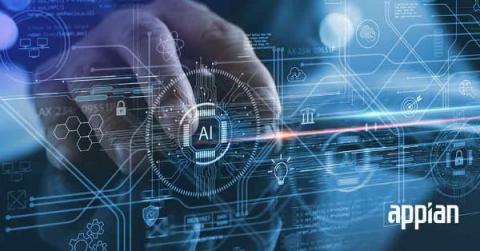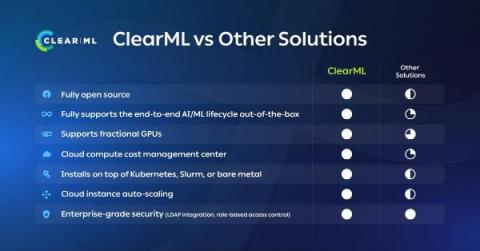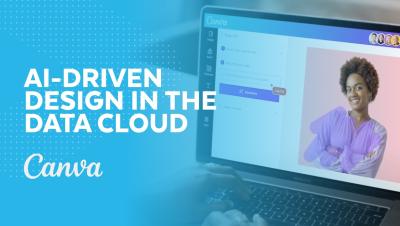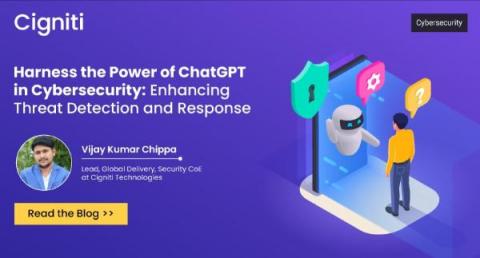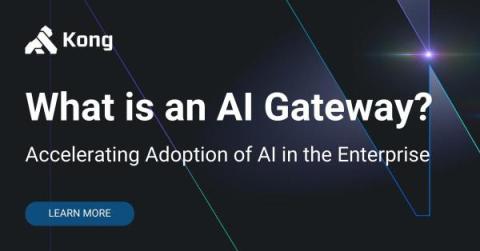AI and Privacy: 3 Things Leaders Should Know for 2024
In the rapidly emerging artificial intelligence economy, organizations will split into two groups: those who are good at AI and those who are bad at business. Most experts agree that AI won’t replace humans, but instead augment us in a world of mixed autonomy. You’ll need new structures to harness AI’s transformative potential while managing its very real risks—the biggest of which is data privacy. So how can leaders handle AI and privacy risks?


